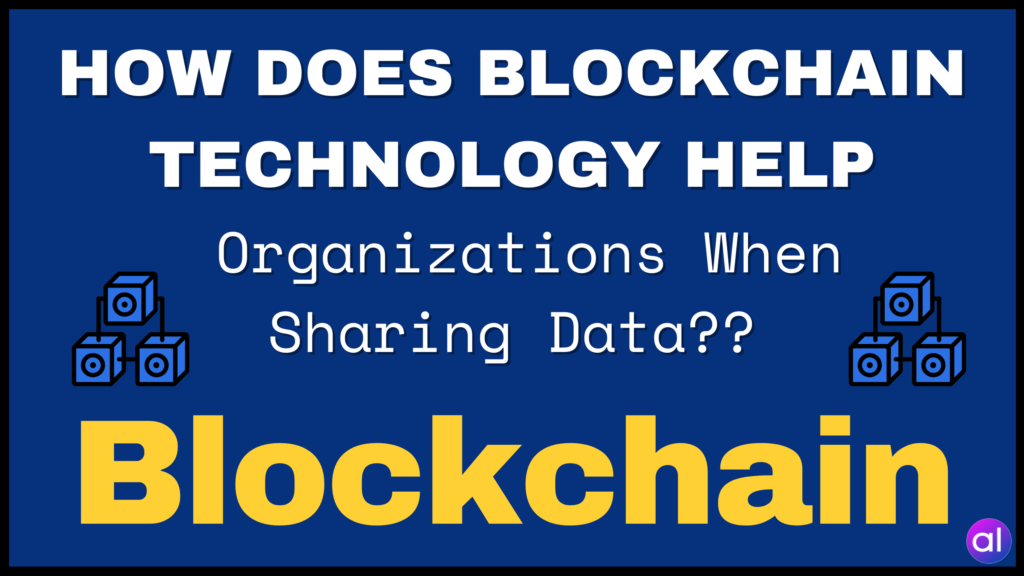To harness the potential of the digital age, the rise of crypto tokens and blockchain technology has paved the way for the tokenization of real-world assets. This trend has gained significant momentum in recent years, especially in the realm of precious metal tokenization. From artwork to rare collections, real estate, machinery, and more, the concept of tokenizing precious metals has opened up new and exciting opportunities for investors.
Web3, the latest trendsetter in the market, has revolutionized the economic landscape by introducing crypto tokens backed by USD. This movement has evolved to encompass the tokenization of a wide range of assets, offering transparency and security through blockchain-powered smart contracts.
Precious metal tokenization involves converting physical metal assets into digital tokens on blockchain networks. This process enables the tracking of metal supply, market value, investment opportunities, and more with precision and accountability. Industries such as supply management, logistics, and resource management have benefited from the immutable data records and transparency provided by tokenization.
Traditionally, investing in precious metals involved purchasing physical assets such as bullion or coins, which came with drawbacks like storage costs, insurance, and traceability issues. In contrast, precious metal tokenization addresses these shortcomings by securely storing physical assets in vaults and leveraging blockchain technology for transparent and accessible asset transactions.
By tokenizing precious metals, investors can buy, sell, and trade digital representations of physical assets with ease and flexibility. This streamlined approach eliminates logistical challenges associated with physical metal investments while offering fractional ownership opportunities for small-scale investors.
The tokenization process involves acquiring the metal, creating digital tokens, registering them on blockchain networks, conducting token sales, and listing tokens on trading platforms. This step-by-step process ensures transparency, security, and liquidity for tokenized precious metals.
Use cases of precious metal tokenization include resource accessibility, increased liquidity, enhanced security, transaction transparency, embedded ownership, hedging against inflation, globalized access, and diversified investment portfolios. These benefits make precious metal tokenization an attractive option for investors looking to diversify their portfolios and hedge against market volatility.
In conclusion, precious metal tokenization represents a promising future for investment opportunities. By leveraging blockchain technology and tokenization services, investors can access a secure, transparent, and globally accessible investment platform. With the expertise of BlockchainX’s team, investors can explore the potential of precious metal tokenization and embark on a profitable investment journey.



